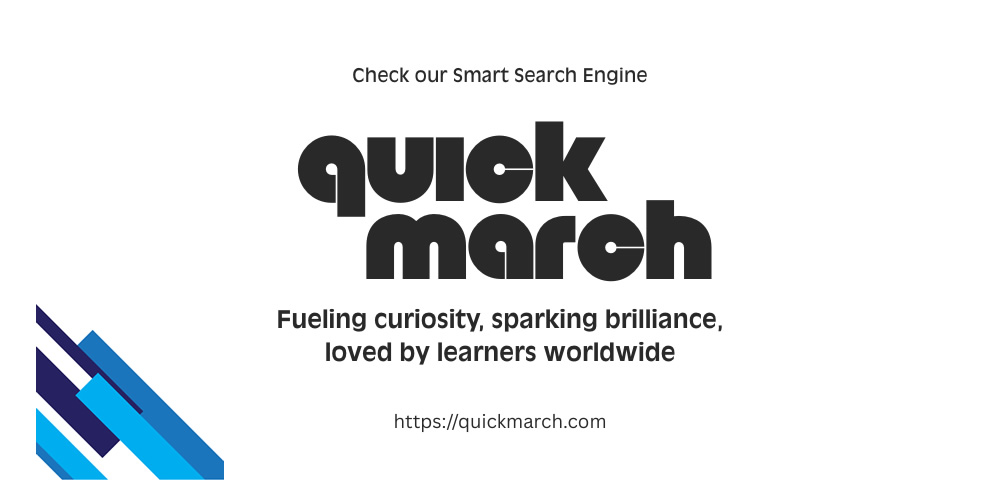« Steinway White House Grand Pianos of 1903 and 1938 | Main | Canada's Tallest Hotel Tower »
July 23, 2009
APPEAL OF NEWLY LAUNCHED CAR MODELS HAS IMPROVED: J.D. POWER
Industry's top study measuring customer satisfaction in design, content, and vehicle performance.


Photo: 2010 Porsche 911 GT3.
The automotive industry achieves a three-year high in appeal for new and redesigned models, according to the J.D. Power and Associates 2009 Automotive Performance, Execution and Layout (APEAL) Study.
In 2009, the APEAL score for all-new and redesigned models averages 790 on a 1,000-point scale--11 points higher than in 2008 and 15 points higher than the 2009 score for carryover models. In addition, seven all-new and redesigned models rank highest in their respective segments, including the Dodge Challenger, Ford F-150 (in a tie), Ford Flex, Hyundai Genesis, Nissan Maxima, Volkswagen CC and Volkswagen Tiguan.
"Most automakers are on track in terms of designing new models that are highly appealing," said David Sargent, vice president of automotive research at J.D. Power and Associates. "The greater challenge for manufacturers lies in creating models that launch with both strong appeal and high quality, which ultimately lead to improved sales through greater customer loyalty and advocacy."
"Throughout the years, vehicle models achieving high APEAL scores have been shown to benefit from faster sales, less need for cash incentives and higher profit margins on each vehicle sold."
The average APEAL score for all models in 2009 has improved considerably to 779 from 770 in 2008, driven primarily by increased owner satisfaction with fuel economy. This higher satisfaction comes from three main sources. First, fuel prices have decreased significantly during the past year, which has reduced owner concerns about gas mileage. Second, owners are switching to more fuel-efficient vehicles--in 2009, more than one-half of all vehicles included in the study are powered by four-cylinder engines, compared with just 39 percent in 2008. Third, automakers are designing models to be more fuel efficient than their predecessors.
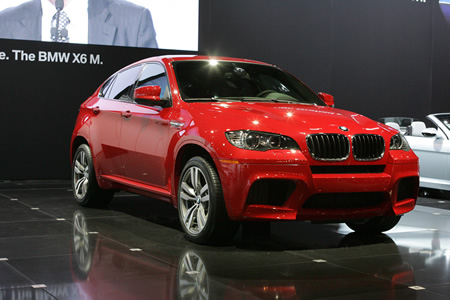
Photo: BMW X6M at the 2009 New York International Auto Show (NYIAS).
"Although lower fuel prices and the switch to smaller vehicles have undoubtedly helped, there are also many individual vehicles that have made strong improvements in fuel economy ratings," said Sargent. "For example, the Ford F-150, Cadillac Escalade, Volkswagen Jetta and redesigned Dodge Ram have all made major strides in owner satisfaction with fuel economy through the introduction of more efficient powertrains."
In 2009, domestic brands comprise the four most-improved nameplates. Dodge posts the largest improvement, followed by Pontiac, Buick and Cadillac, respectively. In addition, the three most-improved models are from domestic manufacturers, including the Dodge Ram, Buick Lucerne and Ford F-150.
"Consumers have a great array of appealing vehicles to choose from by both domestic and import brands," said Sargent.
The overall gap in APEAL scores between domestic and import models has narrowed considerably during the past several years and is just five index points in 2009, compared with 15 points in 2008 and 27 points in 2007. Among premium models, import nameplates retain a slight edge, while among non-premium models, domestic brands have a similar edge.
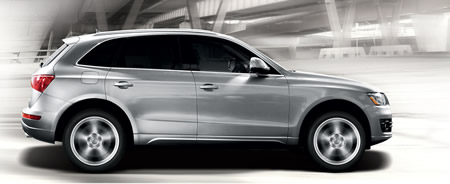
Photo: All-New 2009 Audi Q5 Crossover Vehicle.
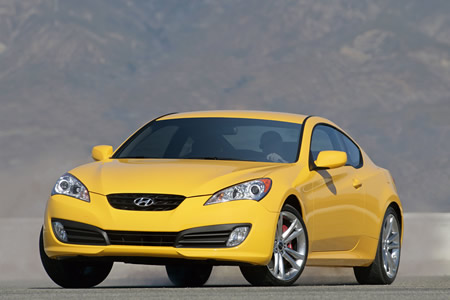
Photo: Hyundai all-new 2010 Genesis Coupe.
Volkswagen captures four segment-level awards--more than any other vehicle nameplate in 2009--for the CC, GTI, Passat and Tiguan. Ford, Honda, Mercedes-Benz and Nissan each garner two awards. Ford receives model-level awards for the F-150 (in a tie) and Flex. Honda models receiving awards are the Odyssey (for a fifth consecutive year) and Ridgeline (for a fifth consecutive year). Mercedes-Benz earns awards for the S-Class (for a third consecutive year) and SLK-Class. The S-Class achieves the highest APEAL score of any model in the industry. Nissan receives awards for the Armada and Maxima.
Also receiving awards are the Chevrolet Avalanche (for a second consecutive year), in a tie; Dodge Challenger, Hyundai Genesis, MINI Cooper (for a second consecutive year); Porsche Cayenne (for a second consecutive year); and smart fortwo.
Porsche is the highest-ranking nameplate in APEAL for a fifth consecutive year.
The APEAL Study examines how gratifying a new vehicle is to own and drive, based on owner evaluations of more than 90 vehicle attributes. The 2009 APEAL Study is based on responses gathered between February and May 2009 from more than 80,900 purchasers and lessees of new 2009 model-year cars and trucks who were surveyed after the first 90 days of ownership. The APEAL Study complements the recently released J.D. Power and Associates Initial Quality Study(SM) (IQS), which focuses on problems experienced by owners during the first 90 days of ownership.
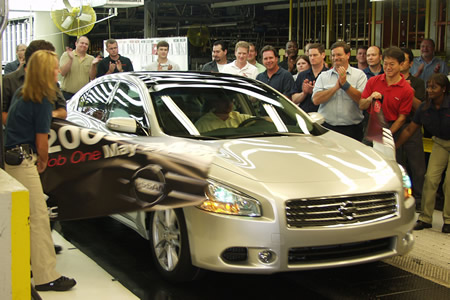
Photo: Members of the Maxima launch team hold the banner as the first all-new 2009 Nissan Maxima rolls off the line at the Nissan Vehicle Assembly Plant in Smyrna, Tenn.
2009 APEAL Nameplate Ranking
(Based on a 1,000-point scale)
Porsche ------ 869
Jaguar ------ 859
Cadillac ------ 852
Audi ------ 846
BMW ------ 844
Mercedes-Benz ------ 841
Lexus ------ 837
Infiniti ------ 828
Land Rover ------ 822
Lincoln ------ 820
Acura ------ 818
MINI ------ 817
Volkswagen ------ 807
Buick ------ 801
Volvo ------ 793
Ford ------ 785
Dodge ------ 784
GMC ------ 784
Saturn ------ 779
Industry Average ------ 779
Honda ------ 778
Mazda ------ 778
HUMMER ------ 773
Scion ------ 772
Pontiac ------ 769
Nissan ------ 768
Mitsubishi ------ 767
Smart ------ 767
Chevrolet ------ 764
Hyundai ------ 763
Mercury ------ 763
Chrysler ------ 757
Toyota ------ 756
SAAB ------ 754
Kia ------ 748
Subaru ------ 738
Jeep ------ 727
Suzuki ------ 715
• Top Models per Segment
Car Segments
Sub-Compact Car
Highest Ranked: smart fortwo
Scion xD
Honda Fit
Compact Car
Highest Ranked: MINI Cooper
Volkswagen Jetta
Mitsubishi Lancer
Compact Sporty Car
Highest Ranked: Volkswagen GTI
Compact Premium Sporty Car
Highest Ranked: Mercedes-Benz SLK-Class
Nissan Z
Entry Premium Vehicle
Highest Ranked: Volkswagen CC
Cadillac CTS
Audi A4/5
Midsize Sporty Car
Highest Ranked: Dodge Challenger
Midsize Premium Car
Highest Ranked: Hyundai Genesis
Jaguar XF
BMW 5 Series
Large Premium Car
Highest Ranked: Mercedes-Benz S-Class
Lexus LS
Midsize Car
Highest Ranked: Volkswagen Passat
Mazda 6
Honda Accord
Large Car
Highest Ranked: Nissan Maxima
Pontiac G8
Toyota Avalon
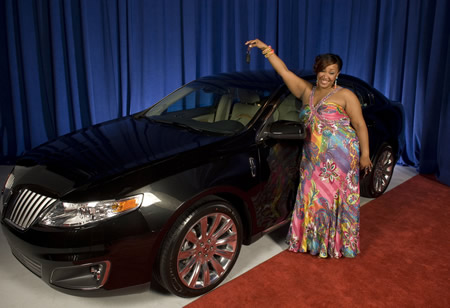
Photo: Y'Anna Crowley, winner of BET's 'Sunday Best' Competition in front of the 2009 Lincoln MKS, Lincoln's Flagship Luxury Sedan.
Results from the study show the Ford brand improving by 17 points and moving up six rank positions among nameplates from last year. The Lincoln brand improved by 18 points and climbed two spots in the survey from a year ago. Mercury improved by eight points and Volvo's score increased by two points.
The Ford Flex and F-150, both segment leaders, scored better than the segment average in every category, performing especially well in fuel efficiency and exterior styling. Ford's new F-150 improved 52 points from last year and scored 16 points better than all redesigned trucks in this survey.
"Ford's quality rankings continue to climb consistently year after year and we intend to keep the momentum going to become the best in the industry," said Bennie Fowler, group vice president, Global Quality. "To do so, we're raising the stakes and redefining what it means to deliver a quality product by giving consumers more than just defect-free cars and trucks; we're exceeding their expectations with features they would expect to find only in high-priced luxury lines."
APEAL asks customers what they like about the performance, execution and layout of their new vehicle after the first three months it is in service. Customer's rate their level of "gratification" on a variety of vehicle attributes, including safety, fuel economy, cargo space and roominess, exterior styling and price.
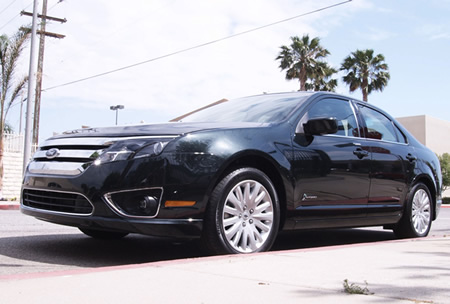
Photo: 2010 Ford Fusion.
"At Ford, we are accelerating the development of vehicles customers will fall in love with at first sight and grow even fonder of over time," said Derrick Kuzak, group vice president, Global Product Development. "To deliver on that promise, our goal is nothing less than product excellence in design, feature content, safety and quality--all at an exceptional value."
Ford explains that since "gratification" is difficult to define and even harder to measure, Ford looked for new ways to understand how customers define it. Researchers combed through surveys, looked at historical trends and studied customer satisfaction rates. They spoke with people who recommended Ford to their friends, and to those who dismissed the brand out of hand. By discovering what makes customers feel good about their cars, Ford was able to develop a unique set of criteria that came to be known as product DNA.
"This strict set of guidelines is designed and built into every vehicle for a consistent feel and sound that is unmistakably Ford. Every Ford, Mercury and Lincoln vehicle, from sub compact cars to full size crossovers, is designed to evoke a positive emotional response from its owner."
This "emotional engineering", which focuses on the senses of sight, sound and touch, is helping Ford deliver vehicles that are satisfying to own and drive.
To ensure the company's quality criteria are met, Ford says it formed a Global Craftsmanship team of engineers who examine how harmoniously the vehicle is put together. "Like assembling a puzzle, the team analyzes every inch of the vehicle to check for gaps, mismatches or inconsistencies of all of the parts individually and as a whole. Their work is divided into four interior and exterior vehicle review categories: visual quality; touch and feel quality; sound quality, and illumination harmony."
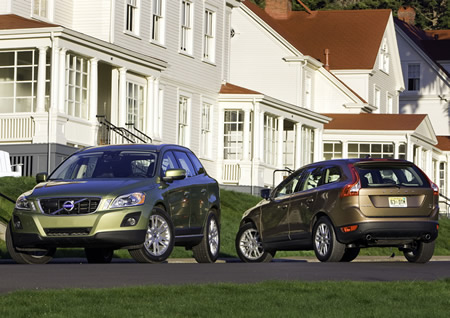
Photo: 2010 Volvo XC60.
To add structure to its DNA strategy and increase customer satisfaction, Ford put its quality criteria into three categories:
• Basic quality - the fundamental reliability of a vehicle.
• Performance quality - includes attributes such as fuel economy and quietness.
• Excitement quality - those unexpected convenience features that surprise and delight the customers.
While continuing to improve on basic quality and performance quality, Ford has increased its focus on excitement quality - the parts of the vehicle that surprise and delight. According to Ford, "Excitement quality includes features ranging from seats specially designed for comfort, materials and surfaces that look good and feel right, interiors with ambiance and paint that flows like liquid across the vehicle's surface."
"When applying the three categories, it's never about either/or; it's all three," said Kuzak. "We're still consumed with basic quality, but we're now also very focused on providing appeal and excitement."
"Creature comforts, good fuel economy, elegance, style, durability and quality craftsmanship, all come together to complete the ownership experience." says Ford.
Sources: J.D. Power and Associates and Ford Motor Company.
|GlobalGiants.com|
"FORD ADVERTISING: Now, when the advertising of its domestic competitors is low-key (they have just emerged from bankruptcy), Ford Motor Company is in an advantageous position to strike in North America and consolidate its nameplates and brands."
© GlobalGiants.Com. All Rights Reserved.







Edited & Posted by the Editor | 4:06 AM | Link to this Post



